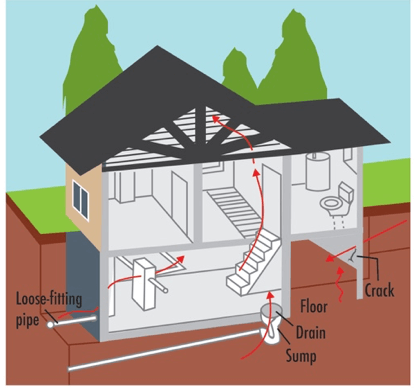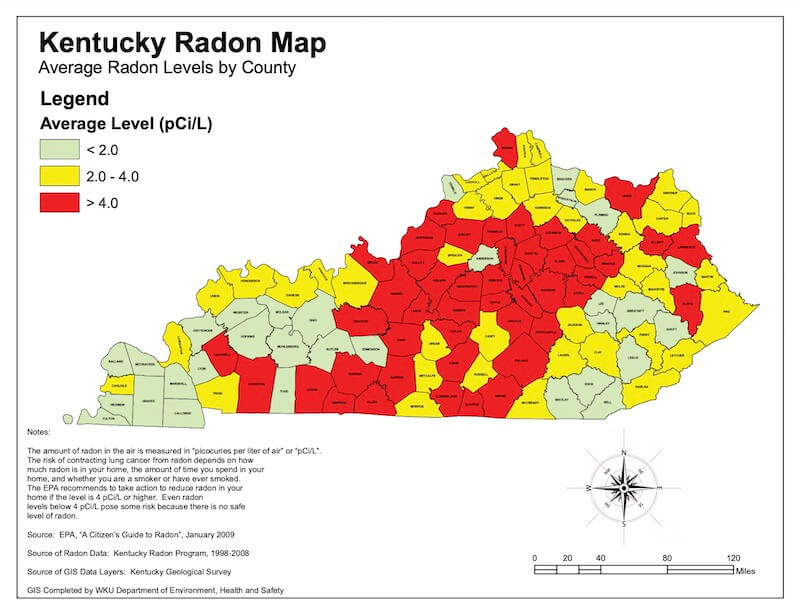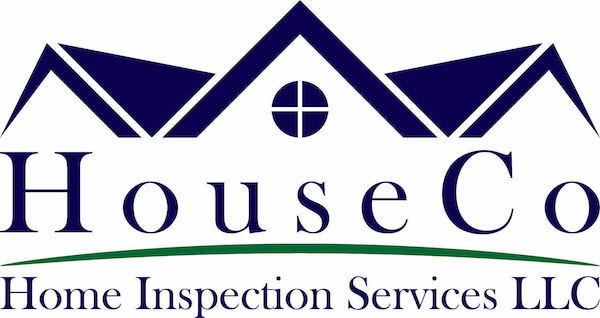Radon Testing
Radon Testing in Louisville: Why It’s Important and How to Do It
What is Radon
Radon is an odorless, colorless, radioactive gas that comes from the natural (radioactive) breakdown of uranium in soil, rock, and water and gets into the air we breathe. Your home could have high radon levels even if your neighbor’s home has low levels. It can enter homes and buildings through cracks and gaps in the foundation and accumulate to high levels. Radon can be found in any type of home, whether it is new or old, on a slab, with or without crawlspaces and basements.
Symptoms of radon exposure are not immediate. It can take years to experience any side effects from radon exposure. Lung cancer is the leading cause of death from radon exposure. Radon is estimated to cause about 21,000 lung cancer deaths every year. There are approximately 1 in 15 homes in the US that have elevated radon levels.


How to Test for Radon
Having a certified and licensed company test for radon is the only way to know the levels in your home. HouseCo Home Inspection Services offers radon gas testing.
I hold an NRPP certification which is required by Kentucky and am a licensed radon measurer in Indiana. I use highly accurate passive diffusion testing devices that record an air sampling once an hour for 48 hours, then reports the average picocuries per liter (pCi/L) measurement of the 48 air samples. The EPA suggests considering fixing the property for tested levels of 2.0-3.9 (pCi/L) and recommends mitigation for tested levels of 4.0 (pCi/L) and above.
If you do find elevated radon levels in your home, there are ways to reduce the risk. Radon mitigation systems can be installed to remove radon from the air and prevent it from entering your home.
Frequently Asked Questions
Buying or selling a home can be a stressful experience, but I’m here to ensure you know what to expect during your home inspection.
High levels of radon can cause serious health problems, including lung cancer. The United States Environmental Protection Agency (EPA) estimates that radon is the second leading cause of lung cancer in the United States, behind only smoking. That is why it is important to have your home tested for radon.
The EPA recommends that all homes be tested for radon at least every two years. If you have already tested your home and have taken steps to reduce high levels of radon, it is still a good idea to test regularly to ensure that the levels remain low.
Radon testing costs start at XXX and vary depending on the size of your home.
Yes, high levels of radon can be reduced through a process called radon abatement. A professional radon abatement company can help you reduce the levels of radon in your home to a safe level.

